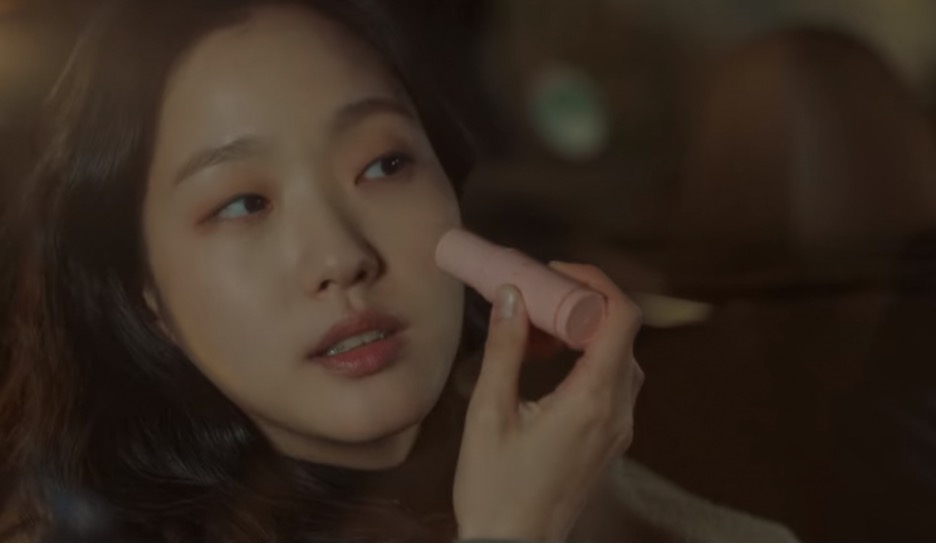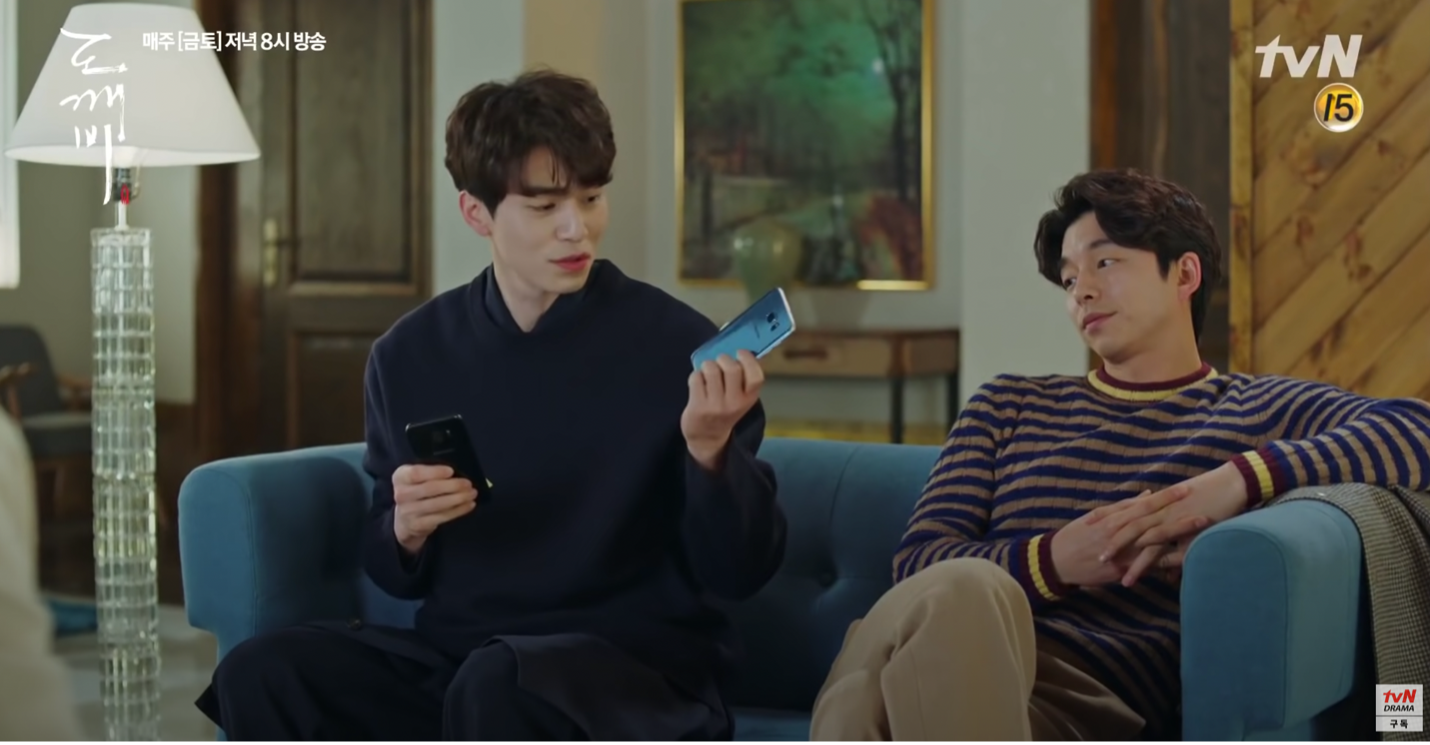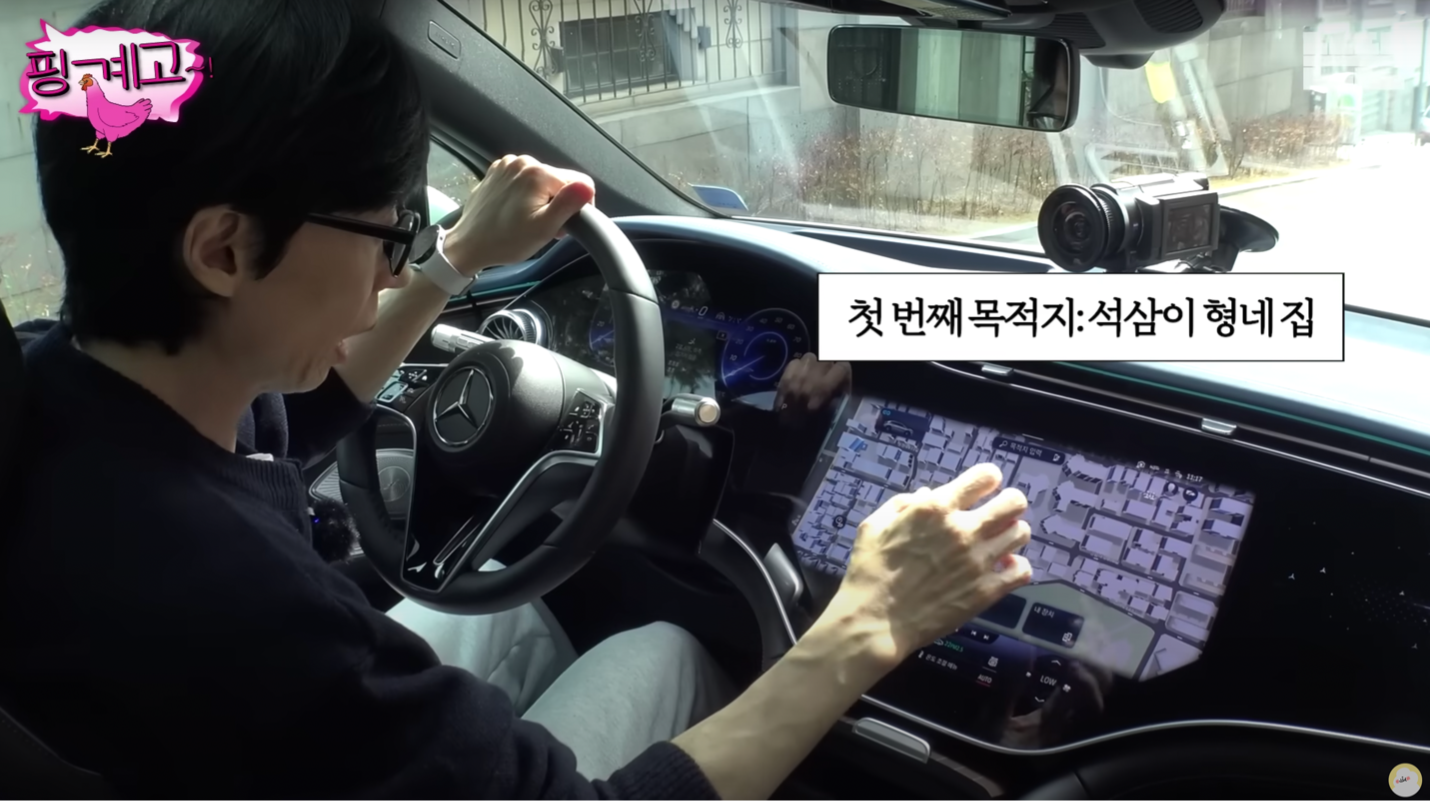With the increasing influence of Korean content globally, product placement (PPL), or embedded marketing in South Korea, has gained significance. This advertising strategy involves subtly featuring branded goods and services in dramas, movies, and TV shows.
Read our Korea’s MZ Generation report

Korean dramas, in particular, are known for seamlessly integrating numerous product placements, although more traditional instances featured unrelated products that disrupted the storyline flow. However, recent trends show a shift towards more natural and less intrusive product placements.
YouTube’s popularity in Korea has further encouraged the incorporation of product placements into its content. Additionally, various forms of leveraging PPL, such as creating entertainment shows around it, have emerged, diversifying the presentation styles of embedded marketing in Korean content. Advertisers are now exploring innovative ways to integrate products into narratives for a more cohesive viewer experience.
Types of PPL
Showing the product in the scene: Item exposure
One of the most commonly used embedded marketing methods in Korea is “item exposure (단순 노출)”. Items are placed in a drama or TV show scene to create awareness and even generate sales. Products can be exposed in a single drama or in different dramas during a similar period. However, excessive and prolonged exposure can disrupt the flow of the drama, resulting on negative public response.
Kahi’s Multi Balm serves as a prime example. Kahi, a skincare brand launched in 2020, lacks the manpower and capital as it is a small-and-medium-sized enterprise. Therefore, it aggressively uses embedded marketing. Throughout 2021 and 2022, its product appeared on TV countless of times, and it rapidly gaining traction. Korea Tech, the company behind Kahi, earned a profit of KRW 45.9 million in 2021, with over 50% of purchasers being in their 40s. However, Kahi’s aggressive media exposure oeventually led to audience fatigue, resulting in an operating loss of KRW 18.3 million in 2022. This demonstrates that excessively frequent media exposure can generate a backlash among consumers, despite the initial success.

Planned exposure: The art of integration
“Planned exposure” (기획 노출), often referred to as “brand integration”, involves showcasing products and brands in a drama from the early stages of production. Various methods are used to expose brands in multiple ways. “Goblin,” a Korean drama released in 2016 stands out as a successful example of using this method for embedded marketing. It integrated various products and brands into the drama, receiving acclaim from viewers and boosting sales for each brand.

There are several types of planned exposure. “Occupational exposure” (직업군 설정) involves showing a product or brand by integrating it seamlessly into the profession or occupation of a drama character. For example, a character in a drama wears the uniform of a café brand and works part-time at the café. In “Goblin,” the third-generation chaebol Yoo Deok-hwa leads the furniture brand “Iloom” as the company’s representative. There were many scenes showing him working and talking about the brand.
Another form is “location exposure” (장소 노출). This involves going to places associated with the brand or shooting scenes in places decorated with the product. It’s a commonly used method when the intention when the goal is mainly to raise awareness of the brand. In “Goblin,” the characters’ room were furnished with Iloom furniture and the characters visited Iloom stores on a regular basis.
As a result, through the collaboration with the Goblin, Iloom experienced experiencing continued sales growth. Even after five years after the drama concluded, it experiences steady sales growth.

“Functional exposure” (기능 연출) occurs when characters in the drama naturally explain the features of a product while promoting it. In “Goblin,” the characters “Kim Shin” and “Grim Reaper” emphasized the color of Samsung Galaxy phones through a dialogue related to the color. This didn’t disrupt the storyline but provided amusement to viewers, resulting in continuous online mentions.
TV shows directly talk about PPL products
Unlike dramas, variety shows are showing a more direct and engaging way when doing embedded marketing in Korea. Instead of integrating products into each episode, TV shows tend to show products directly, highlighting their features and benefits. This approach is particularly effective for MZ Generation viewers, who are receptive to overt marketing tactics. Running Man, a popular variety show in Korea, frequently features direct product mentions and even dedicated segments focused on specific brands.
Young people seek creativity and entertainment in PPL
The younger generation embraces aggressive product placement (PPL), including direct mentions or displays within shows. This acceptance may result from their control over media consumption, enabling them to choose what to watch and skip, fostering increased tolerance for embedded marketing.
About 64% of the MZ Generation prefers PPL that “is presented in a way that is creative and entertaining,” with the next preferred type being “PPL seamlessly integrated into the storyline.” This suggests that even if explicitly disclosed, there’s a willingness among young viewers to consume media featuring PPL as long as it’s presentation and content are presented in a way that provides entertainment or is connected to the overall story.
YouTube: a rising platform for embedded marketing
YouTube is growing in the South Korea, with celebrities, media companies, and ordinary citizens creating their channels. Many brands have taken advantage of this by exposing their products and services to the viewers. One example is South Korean hip-hop and R&B record company AOMG’s cooking talk show meenoi’s yorizori (모노이의 요리조리), which regularly incorporated branded goods.
While Koreans consume a significant amount of content on YouTube, their preferences and viewing habits have become increasingly diversified. This has enabled brands to be more selective in the channels they choose to expose their products, ensuring alignment between their brands and products with the preferred stories and content.
Korean celebrities are opening their own YouTube channels
As more individuals shift from traditional media to YouTube, not only are ordinary citizens and non-celebrity influencers creating their own channels, but also celebrities are exploring the platform.
However, there is a difference between celebrity YouTubers and general YouTubers: whether the channel has a specific topic. Celebrity YouTubers typically lack a fixed topic, and the narrative changes depending on the guest or episode. Consequently, the process of PPL on YouTube is easier for companies, as it doesn’t require going through broadcast review.

“Ddeun Ddeun (뜬뜬)” is a channel hosted by top comedian Yoo Jae Suk. Launched in November 2023, it has accumulated 1.7 million subscribers as of January 2024. His channel incorporates various product placements, ranging from a car brand to a food brand, highlighting the flexibility in PPL strategies. In one episode, Yoo Jae Suk featured guests driving the new Mercedes EV car, providing functional exposure.
Another illustration is “No prepared (차린건 쥐뿔도 없지만),” hosted by Lee Young Ji, a Korean rapper. Despite the program’s primary concept of drinking with celebrities, it successfully introduced products, such as an instant camera brand and a soju brand. This highlights the advantage of reaching diverse target audiences through PPL on celebrities’ channels.
Targeted impact: The role of expertise in PPL for YouTubers
PPL for general YouTubers is often shaped by the channel’s expertise. This method provides the advantage of precisely targeting the audience by aligning with their interests and needs. YouTubers commonly introduce and offer product reviews on their channels, delivering valuable information to potential customers. However, the downside lies in its limitation to a more specific audience.
Beauty brands, for example, leverage influencer marketing in South Korea. Lee Sa Bae, a well-known beauty YouTuber, frequently receives product support (제품 협찬) from beauty brands. She not only discusses the products in detail but provides tutorials on how to incorporate them into beauty routines.
Communicating with consumers through embedded marketing in South Korea
- Korean dramas have evolved from intrusive product placements to seamless integrations. This is exemplified by successes like “Kahi Multi Balm” and the drama “Goblin.” This transformation has not only enhanced sales but also elevated audience engagement through a more natural and seamless incorporation of products into the storyline.
- Two prominent types include “item exposure (단순 노출)” and “planned exposure (기획 노출).”
- Overexposure, as seen with Kahi’s Multi Balm, initially resulted in success but led to audience fatigue and negative impacts on sales. This highlights the importance of doing embedded marketing in moderation in embedded marketing.
- The younger generation welcomes product placements more openly, expressing a distinct preference for entertaining content within them.
- YouTube has emerged as a prominent platform for embedded marketing. It enables brands to be more selective in the channels through which they expose their products.





